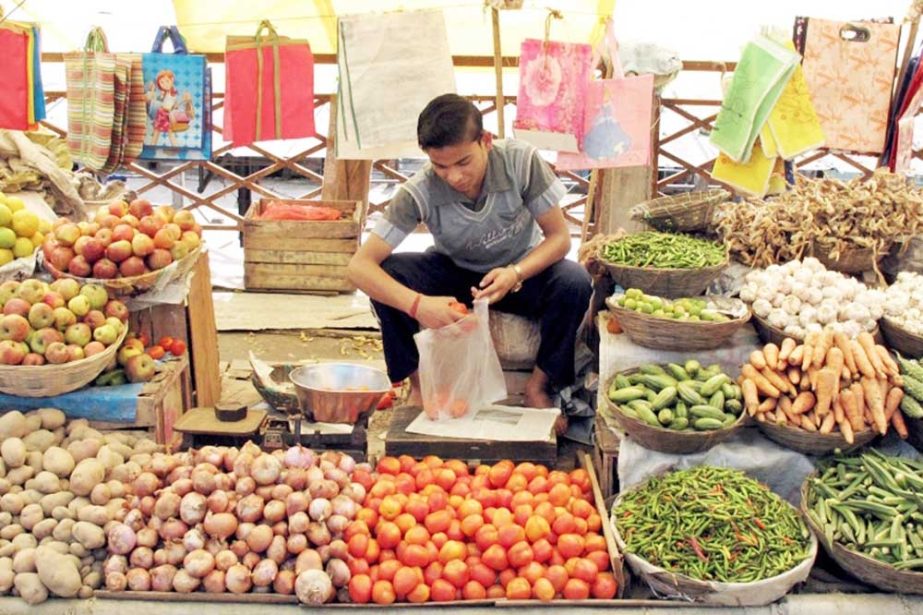
Al Jazeera :
Baldev Kumar threw his head back and laughed at the mention of India’s resurgent GDP growth. The country’s economy clocked an 8.4-percent uptick between July and September compared with the same period last year. India’s Home Minister Amit Shah has boasted that the country might emerge as the world’s fastest-growing economy in 2022.
As far as he was concerned, the crumpled receipt in his hand told a different story: The tomatoes, onions and okra he had just bought cost nearly twice as much as they did in early November. The 47-year-old mechanic had lost his job at the start of the pandemic.
The auto parts store he then joined shut shop earlier this year. Now working at a car showroom in the Bengaluru neighbourhood of Domlur, he is worried he might soon be laid off as auto sales remain low across India.
He has put plans for his daughter’s wedding on hold, unsure whether he can foot the bill. He used to take a bus to work. Now he walks the five-kilometre (three-mile) distance to save a few rupees. “I don’t know which India that’s in,” he said, referring to the GDP figures. “The India I live in is struggling.”
Kumar wasn’t exaggerating – even if Shah’s prognosis turns out to be correct.
Asia’s third-largest economy is indeed growing again, and faster than most major nations. Its stock market indices, such as the Sensex and Nifty, are at levels that are significantly higher than at the start of 2021 – despite a stumble in recent weeks. But many economists are warning that these indicators, while welcome, mask a worrying challenge – some describe it as a crisis – that India confronts as it enters 2022. November saw inflation rise by 14.23 percent, building on a pattern of double-digit increases that have hit India for several months now.
Fuel and energy prices rose nearly 40 percent last month. Urban unemployment – most of the better-paying jobs are in cities – has been moving up since September and is now above 9 percent, according to the Centre for Monitoring Indian Economy, an independent think-tank. “Inflation hits the poor the most,” said Jayati Ghosh, a leading development economist at New Delhi’s Jawaharlal Nehru University.
All of this is impacting demand: Government data shows that private consumption between April and September of 2021 was 7.7 percent lower than in 2019-2020. The economic recovery from the pandemic has so far been driven by demand from well-to-do sections of Indian society, said Sabyasachi Kar, who holds the RBI Chair at the Institute of Economic Growth.
“The real challenge will start in 2022,” he told Al Jazeera. “We’ll need demand from poorer sections of society to also pick up in order to sustain growth.”
That will not be easy, say experts. The pandemic has devastated India’s micro, small and medium enterprises (MSMEs), which contribute 30 percent of the nation’s GDP as well as half of the country’s exports and represent 95 percent of its manufacturing units.

